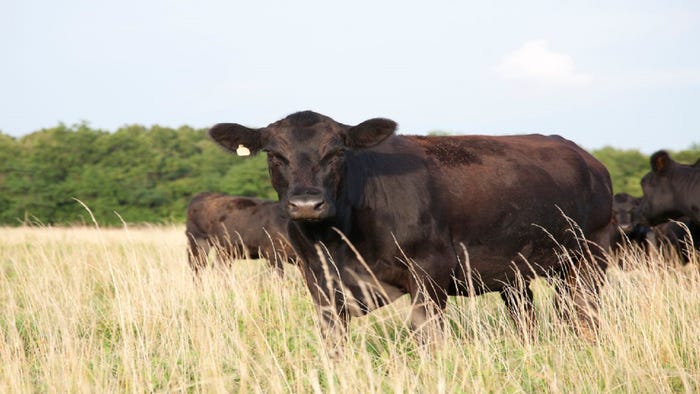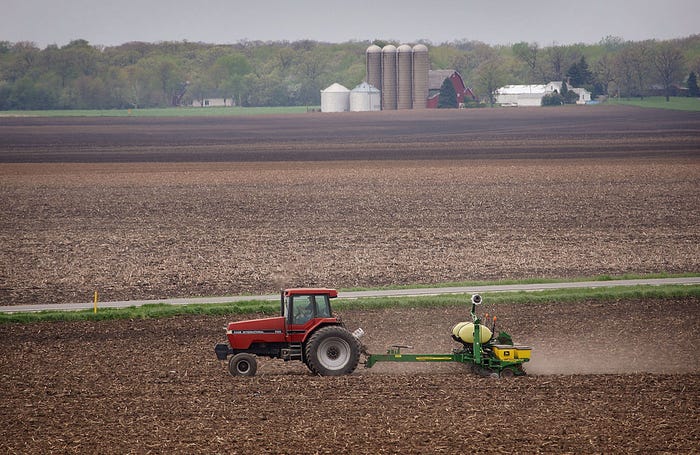thumbnail
Farming Business Management
Phibro Animal Health to acquire Zoetis medicated feed additive portfolioPhibro Animal Health to acquire Zoetis medicated feed additive portfolio
With this divestiture, Zoetis can focus its livestock investments in other solutions, including vaccine, biologic and genetic programs.
Subscribe to Our Newsletters
National Hog Farmer is the source for hog production, management and market news























.jpg?width=300&auto=webp&quality=80&disable=upscale)















